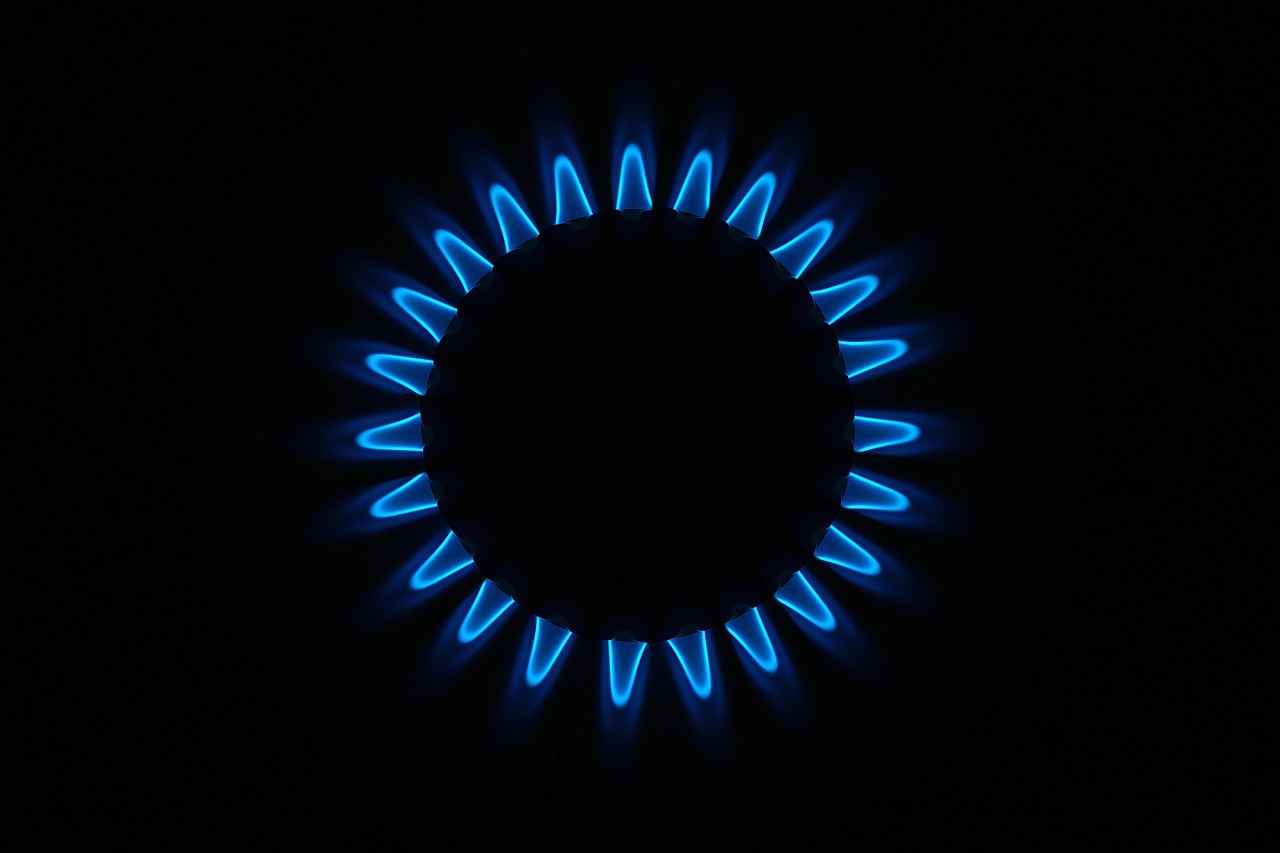Europe – Russia’s continued restriction of natural gas flows to Europe has increased international prices to excruciatingly high levels, disrupted trade, and caused severe fuel shortages in some emerging and developing economies. This market tightness is predicted to last well into 2023, according to the IEA’s most recent Gas Market Report.
Global gas consumption is predicted to decrease by 0.8% in 2022 as a result of a record 10% drop in Europe and unchanged demand in the Asia Pacific region. Natural gas markets around the world have been getting tighter since 2021. Although just a 0.4% increase in global gas consumption is predicted for the coming year, the picture is very uncertain, especially in light of Russia’s potential future actions and the potential economic effects of persistently high energy costs.
In response to sanctions placed on it after its invasion of Ukraine, Russia has mostly stopped supplying gas to Europe. Due to this, market tensions and uncertainty have increased ahead of the upcoming winter, not just for Europe but also for other markets that rely on the same liquefied natural gas supply pool (LNG).
The present gas crisis also casts longer-term doubt on natural gas’s prospects, particularly in developing economies where its use was anticipated to increase at least temporarily as it replaced other fossil fuels with greater emissions.
In the third quarter of 2022, both spot LNG prices in Asia and Europe soared to all-time highs. This decreased the demand for gas and encouraged the use of other fuels, such as coal and oil, for the production of electricity. Price increases in certain emerging and developing nations led to shortages and power outages. In the first eight months of this year, Europe’s gas consumption decreased by more than 10% compared to the same time in 2021, mainly by a 15% dip in the industrial sector as firms reduced production.
While it decreased in India and Korea during that time, natural gas demand remained essentially unchanged in China and Japan. It is anticipated that Chinese gas demand will grow by less than 2% this year, which would be the slowest annual growth rate since the early 1990s. Although North America was one of the few places in the world where demand climbed, it was boosted by demand from power generation as natural gas prices in the United States reached their highest summer levels since 2008.
Through the importation of LNG as well as alternative pipeline supplies from Norway and other countries, Europe has been able to counteract the severe drops in Russian gas supply. The first eight months of 2022 saw a 65% increase in Europe’s demand for LNG compared to the same period last year, diverting supplies away from regular customers in the Asia-Pacific region, where demand declined by 7% due to high prices, mild weather, and ongoing Covid lockdowns in China.
Forecast
The International Energy Agency (IEA) predicts that this year’s worldwide LNG export capacity expansions will be more than doubled by Europe’s increased LNG imports, which will keep short- to medium-term LNG trade under intense pressure. This suggests that for the remainder of 2022, Asia’s LNG imports will stay lower than they were in 2017. A number of new contracts signed since the start of 2021 could cause China’s LNG imports to increase the following year, and a colder-than-average winter would increase demand from northeast Asia, further tightening the market.
The European Union and its member states have also taken further efforts to improve gas security in addition to diversifying supplies, such as establishing minimum storage requirements and putting in place energy-saving strategies for the next winter. As of the end of September, EU storage facilities were about 90% full, but the lack of Russian supply makes it difficult to fill them up again in 2019. Both Japan and Korea have implemented measures to lessen their dependency on LNG imports for power generation, and they have also created backup plans in case LNG supply shortages occur.
The IEA undertook a resilience analysis of the EU gas market for the new report in the event of a complete Russian supply disruption beginning on November 1, 2022. According to the estimate, the EU’s gas storage would be less than 20% full in February, assuming a high level of LNG supply, and close to 5% full, assuming a low level of LNG supply, in the absence of demand cutbacks and a total shutdown of Russian pipeline supply. In the case of a late cold spell, the risk of supply interruptions would grow if storage fell to these levels. In the event of decreased LNG inflows, a 9% decrease in EU gas demand over the winter season from the average level of the previous five years would be required to keep gas storage levels above 25%. Additionally, in the event of low LNG inflows, a 13% decrease in consumption from the 5-year average would be required to maintain storage levels above 33% throughout the winter. In order to minimize storage withdrawals and maintain sufficient stockpiles through the conclusion of the heating season, gas-saving measures will be essential.





